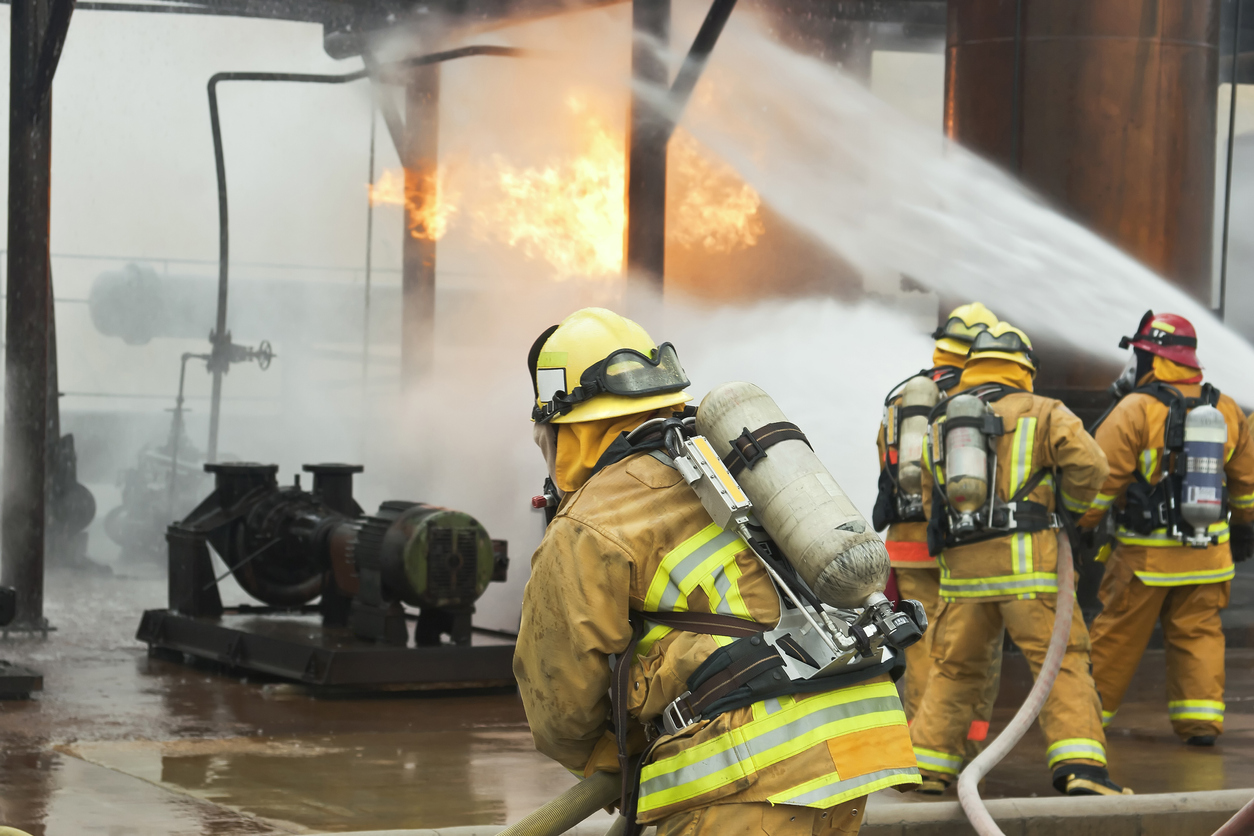
The physical training of a firefighter requires them to stay healthy and remain in great shape to succeed in the role. It means carefully monitoring your diet and continually engaging in conditioning and strength training. In 2020, 29 firefighters across the country lost their lives to heart attacks while on the job. Extreme exertion and intense working environment are challenging to navigate in the best conditions, let alone when your body is out of shape or lacking the proper nutrition.
Training to be a Firefighter
Physical training is essential for keeping yourself functionally fit when working as a firefighter.
Efficient, Total Body Routines
Your schedule may make it hard to get to the gym regularly or leave you enough time to work out for an hour or more. Although regular workouts lasting 30 minutes or more are ideal, you can still get enough exercise and training with just 15 minutes a day. The priority for these workout periods should be cardiovascular conditioning and increased mobility. By spending 15 minutes using circuit training, you can cover more ground. Consider these exercises in a session with six repetitions of each before repeating the circuit:
- Spiderman stretched
- Full-body chops
- Thoracic rotations
- Plank pulses
- Glute bridges
- Push-ups
- Squats
- Burpees
This combination of activities works your heart while also improving mobility. These also don’t require extensive equipment and can be done anywhere.
Intense, Training Routines
Strong balance depends on a solid core, and you put yourself at risk when lifting a beam or kicking down a door if you can’t keep yourself upright. Intense training routines involving full-body exercises can help balance and core strength. Still, if you include the following activities, you can emphasize these areas:
- Cable chop
- L-sits
- Russian twist
- Plank with reach
- Side plank with side raise
For workout routines that are 30 to 40 minutes, you have time to work on aerobic and anaerobic conditioning and experiment with different planes of movement during a workout. Break your sessions into circuits, moving from warm-ups to the core to strength and on to cardio. The following exercises can fill out your routine with challenges to every area of the body:
- Overhead Press
- Body Rows
- Chest Press or Push-ups
- Squats using a goblet or body weight.
- Lunges with triceps press and biceps curl.
Focus on physical training, and you will reap the benefits when experiencing emergencies that demand more from your body. Work with your schedule and focus on the muscles and activities that will leave you primed and ready for the next call. General Liability plans can help you in your firefighting career, as it can protect you against issues that may arise.
About Provident Fire Plus
At Provident Fire Plus, we offer custom-tailored packages to best protect firefighters and volunteer firefighters. We understand the risks that emergency response teams are subjected to on a daily basis, and have worked to serve these dedicated professionals for over 87 years. For more information about our products and policies, we invite you to contact our experts today at (855) 201-8880.

